SEO means Search Engine Optimization. Many people do a daily online search to buy a service or product.
A list of relevant websites is presented as a result of their search. Most people visit the website on top. It is tough to reach customers online if your website is not on the list. If you see other websites on top of the list, it is because of a marketing technique called SEO.
SOE helps your site to rank high in response to specific keywords. I hope until this point you have a picture of how important is SEO. Now let’s have a closer look at it.
- How Does SEO Work?
- On-Page SEO
- Off-Page SEO
- Technical SEO
How Does SEO Work?
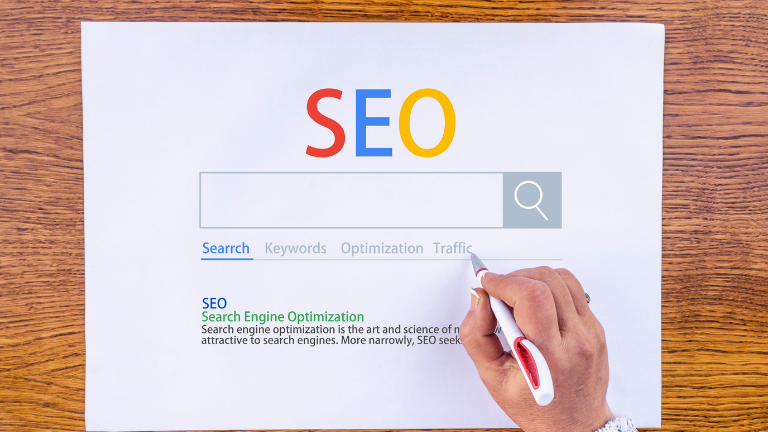
Search engines collect information from millions of websites on the internet. It helps people find what they are looking for. Your website must have all the aspects of SEO taken care of to get a higher ranking on search engines. Search Engines look for text, content, headings, links, page titles, and other relevant information through the HTML code of your website. Your website must be on the first page of all major search engines for specific and relevant keywords to get more results. Let’s say someone searches for Tea. The search engine will show web pages for the words searched. Combining the following methods makes a great strategy to increase your website’s search rankings.
- Analysis of Keywords
- Quality Content
- Building Backlinks
Analysis of keywords
First of all, we need to define what keywords are. Keywords are words or phrases people use to find what they are looking for. Keywords describe the content of the page in the best way. One of the things a search engine looks at is the content. It is the text on your web page. Suppose you use the keywords only a few times for search engines. In that case, it is difficult to determine their importance because all words are equally important. In this scenario, the search engines wouldn’t know which words are essential and which aren’t. If you want to make the keyword’s importance clear to search engines, you must frequently use the keywords.
Use of keywords
You should focus on the usage of keywords based on your users. The use of incorrect keywords will result in a loss of traffic. When keywords are used more than needed, it is called keyword stuffing. It makes it difficult to read. That’s why search engines consider it terrible. So what are the basic rules for using the right keywords? First of all, use the keywords at different locations of your text. Secondly, key the percentage of keywords usage 1-2% of the whole text. The last and most important rule is that text should be easy to read. Keywords in Title, Meta Description, and Subheadings depending on the length of the text, will produce better results.
Keyword Search For Better SEO

The simple way to find keywords is to look at what other people use in the same niche. You can do it by searching the terms in search engines. Try using the different keywords to notice the keywords that bring the most relevant results. The words which get the most results are the competitive ones. It means other people are spending money considering the commercial intent behind it. You may overcome this problem by using broad terms. Let’s say you want to rank for TEA. So you must attend to the essential things to look for the best keywords, including how to get the most relevant results and what to use in the page title and headings.
Different tools can help you to find the keywords you need. Some of these are free, and some are paid. h-supertools provides free, and ahrefs provides paid keyword search tools. Last but not least, use google keyword-planner.
Quality Content
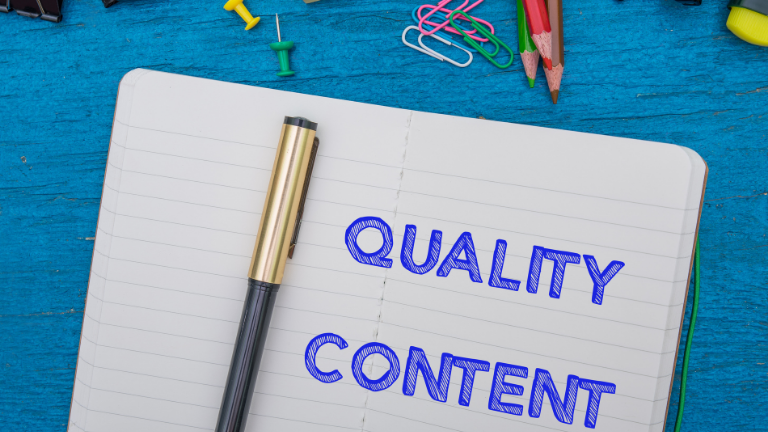
Quality content is information that search engines find helpful to share with searchers. It is not something that you write in your blog. Instead, it is the information that satisfies the reader’s intent.
In other words, quality content is about going beyond and making it unique and authoritative. There are a few steps to consider before writing a blog post or an article. First of all, know your audience. Your readers must get value from reading your blog or article. For example, if you are writing about dogs, don’t write about the best cat foods on the market. Instead, give them tips about dog foods that are good for their pet.
The second step is On-Page SEO. When it is done correctly, it will dramatically increase your traffic. Some people rely only on organic traffic, which is all because of On-Page SEO. On-Page SEO involves focusing on various elements of the page. The primary purpose of On-Page SEO is to provide practical value to your readers. They don’t just want an ordinary blog post or article. Readers wish for something worth their time. Suppose you wrote a blog post about how to train a dog, but the readers can’t get the information they are looking for. They will never visit your blog. The fourth step is to focus on the AIDA model because it has provided results. You must stimulate the audience’s interest to stay on the page and visit other site pages.
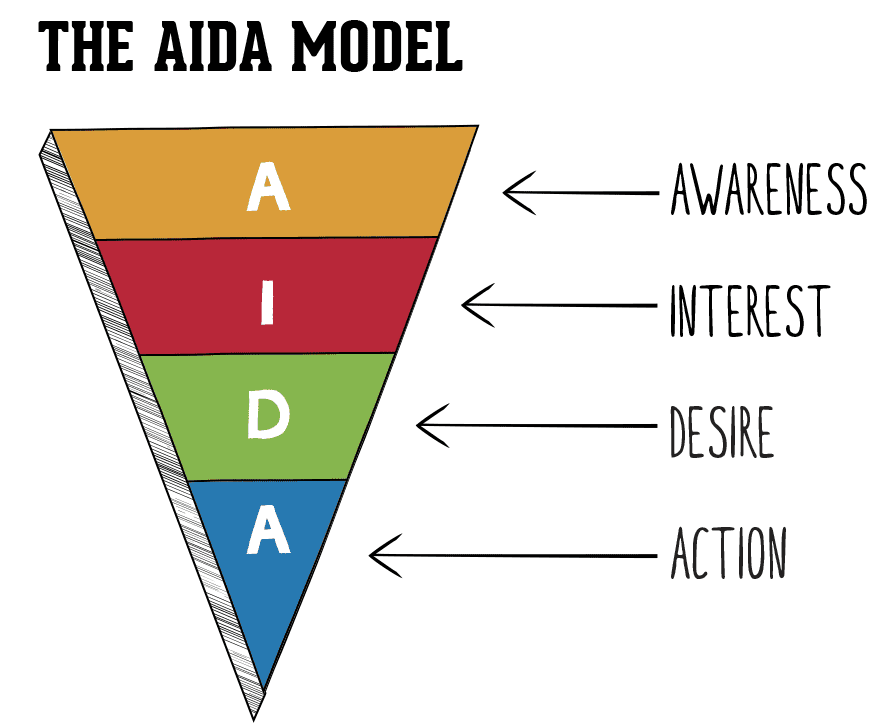
Building Backlinks And Google SEO
Search engines rank websites based on SEO. Google has 200 plus factors that affect the ranking. The number one among them is backlinks. So what is a backlink? Backlink links one website to another website as simple as it is. The number of backlinks helps the website to rank higher. The links to your site must be in your category/niche. Let’s say your website/blog is about how to train a dog, but your website/blog is linked to home depot, which means it lacks quality and will be less effective.
So search engines such as google look at how many backlinks you have and how many you are getting over a certain period because it needs to look natural. Google does not want you to pay people to get backlinks. It has to pass through a simple process. Google looks into the domain authority of a website linked to your site. Let’s say you are getting many backlinks from websites with high domain authority related to your category/niche. You are going to have a high ranking, also.
The domain authority of any website can be checked using Open Site Explorer. So now the question is how to get backlinks. There are different ways to do it. Read helpful information about how to get backlinks here and here.
On-Page SEO Strategy
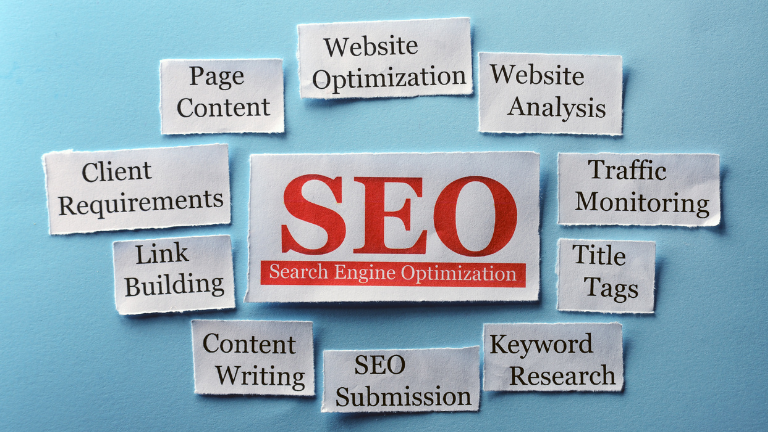
On-Page SEO is optimizing a webpage to make it rank higher in search results. It covers all the tactics that involve optimizing multiple elements of a webpage.
Short URL
First of all, keep the URL short and use the focus/target keyword in the URL.
LSI Keywords
Use LSI keywords (Latent Semantic Indexing). These are the keywords that are relevant to your focus/target keyword. They help readers and search engines to understand your content clearly and easily. You can find more info about LSI keywords here.
Length
Pay attention to the length of the content. Keep word count to 2000-2500 on average. Search engines tend to present valuable content. So in this race, longer content outranks the shorter range. Longer content naturally contains LSI keywords.
Title Tag
Optimize Title Tag for click-through rate because when a title tag attracts the audience, they like to click the link and visit the page. Including numbers and brackets in the title tag increase the chances of CTR by 50%.
Heading & Subheadings
Aside from the title tag, the heading and subheadings should be optimized. I mean that using the focus keyword in headings and subheadings will attract more traffic. It means headings should be H1, and subheadings should be H2.
Outbound & Inbound Links

Google considers outbound and inbound links On-Page SEO factors. So including 2 to 5 outbound links in a blog post is a good idea. You may add more outbound links depending on the length of the content. The opposite outbound links are the inbound links. It simply means that adding 2 to 5 inbound links to your other posts will significantly boost your site’s ranking.
Images/Infographics & SEO
Adding the main image and infographics related to the topic with alt text is recommended by many SEO plugins. Yoast helps a lot in On-Page SEO.
Off-Page SEO Strategy

So what is Off-Page SEO, and what role does it play in your website’s ranking. It is more than link-building. As mentioned above, Google uses more than 200 factors, and Off-Page SEO is in the top 2 on this list. This type of SEO involves all backstage activities. Off-Page SEO helps to build your domain authority.
Link Building
The most challenging part of SEO is getting links from other websites to your website. The link-building process may take time. Because it involves getting in touch with complete strangers through emails. Ask them to link to your website. Some will accept your request, and some will not. But this is just a single tactic. There are more techniques you may use to do the job.
As a beginner, you can use HARO, which stands for helping a reporter. You can build links by joining and adding your website to the communities and leaving comments on blog posts. Read more here about HARO.
Content Marketing For SEO
Content marketing focuses on creating consistent and reusable content to keep the audience engaged. This is the information, age, and people look for valuable information before buying. Ordinary people read 4 to 5 posts before coming to a conclusion. If they come across helpful information, they will visit your site in the future because content marketing builds trust with your audience.
Content marketing has its own importance regardless of what kind of marketing techniques you use. Businesses that run blogs with websites get more leads and sales than others. Companies always send us information, but if it is irrelevant, it becomes spam. You can read more here.
Social Media Marketing

SEO and social media work together. SEO uses keywords to discover your content, and social media uses a call to action accompanied by the right content. All social media platforms allow you to improve your ranking by allowing direct and indirect links.
You can share content from your website or blog post on social media. A strong presence on social media empowers your SEO by using keywords in your Facebook posts and tweets. The links from social media are considered high-quality links. Because these platforms have high rankings and are considered reputable sites. Another way to get a high ranking is through social media following. You can ask for feedback, comments, and replies on your posts.
Blog Posts
Blog posts are articles published on a blog or on the blog section of your website. Basically, a blog post revolves around a specific topic. It may contain images, videos, and infographics along with the text.
How a does a blog post helps in SEO to drive traffic to your website, and what are the ingredients of a great blog post. A good blog post has the following characteristics.
- It is easy to read.
- Uses enough passive voice.
- Sentences don’t start with the same word multiple times & don’t contain more than 25 words.
- Contains enough subheadings.
- Keyphrase in subheadings.
- The paragraphs are not too long.
- It must have outbound and internal links.
- Enough infographics/ images should be present related to the topic with alt text.
- Text length should be between 1500 and 2500 words.
Customer Reviews For SEO
Customer reviews play an essential role in better SEO and go hand in hand with building the trust of your audience. More positive reviews mean more business. Reviews reveal how your audiences think about your services. And can help you better shape your business.
Nowadays, reviews are used as digital marketing tools, especially for small businesses. They help in driving more traffic and result in more sales. It is relatively easy to get reviews. All you have to do is to encourage your customers to leave positive reviews. Around 95% of online buyers rely on reviews before purchasing. On the other hand, some people will take action until they read reviews about a business.
Technical SEO

Technical SEO refers to the technicalities involved in a website. It ensures that your website meets all the requirements of modern search engines. Even if your website has valuable content but is challenging to browse or reach, your online presence will be at risk. Read more here.
Speed
Search engines like Google like websites to load fast, and Google loves a website that loads within 3 seconds. It is because people don’t like to wait for the webpage to load for a long time. If it does, they simply leave the website.
Crwalability
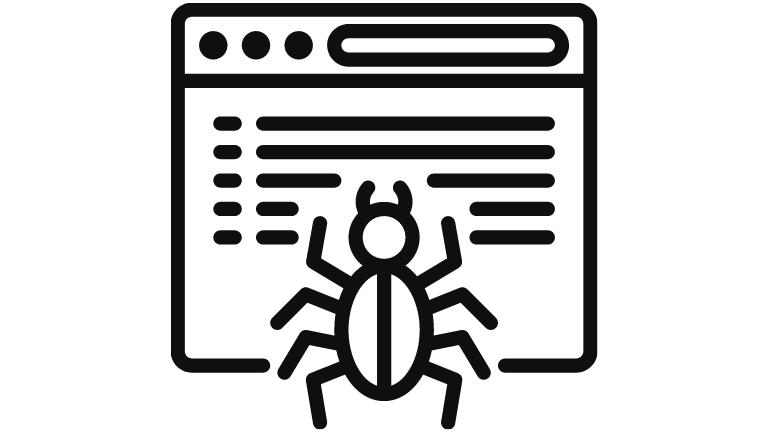
Crawlers or spiders crawl your website to index the pages. It is crucial to rank high. If the website is not crawler-friendly, your content will not be found. Anyway, if you don’t want crawlers to see some pages on your website, you can do so by using the robotos.txt file.
Security
When people visit a website, the aspect is that their credentials are safe. It simply means that nobody can hijack the data that travels between the browser and the website. To make and keep your website safe, you need an SSL certificate. Secure websites rank higher than unsecured websites. You can get more information about HTTPS here.
Sitemap

It is simply a list of your website’s pages and blog posts. Sitemaps are used to make sure that search engines know all about your content. Yoast SEO plugin can create a sitemap for you with a few clicks. The advantage of using Yoast is that it automatically updates the sitemap.
Hreflang For International SEO
Hreflang is used to make a good user experience based on language and geographic location. It may only be used for large companies, but still, it is part of SEO, primarily technical SEO. It helps search engines to determine which version of your website should be displayed for a specific country.
Conclusion
In this blog post, we learned some of the important techniques for SEO, from how SEO works to On-Page SEO, Off-Page SEO to Technical SEO and their subtopics. The methods discussed in this article are just scratching the surface; there’s much more to be addressed. If you’re looking for help with any specific aspect of digital marketing that wasn’t covered here, let us know!